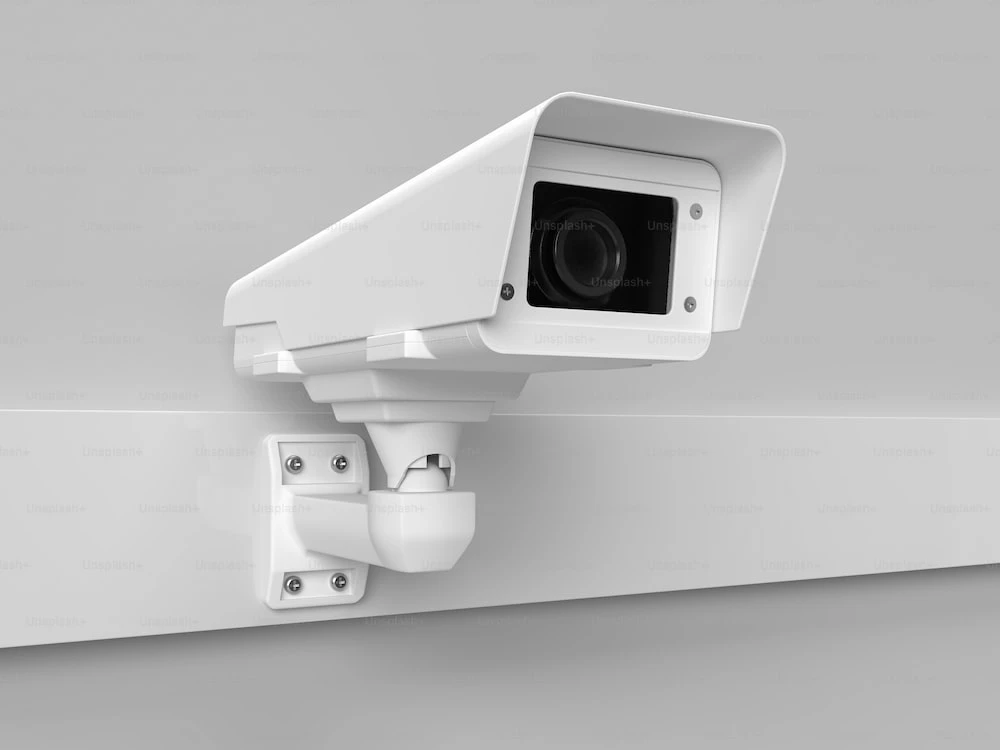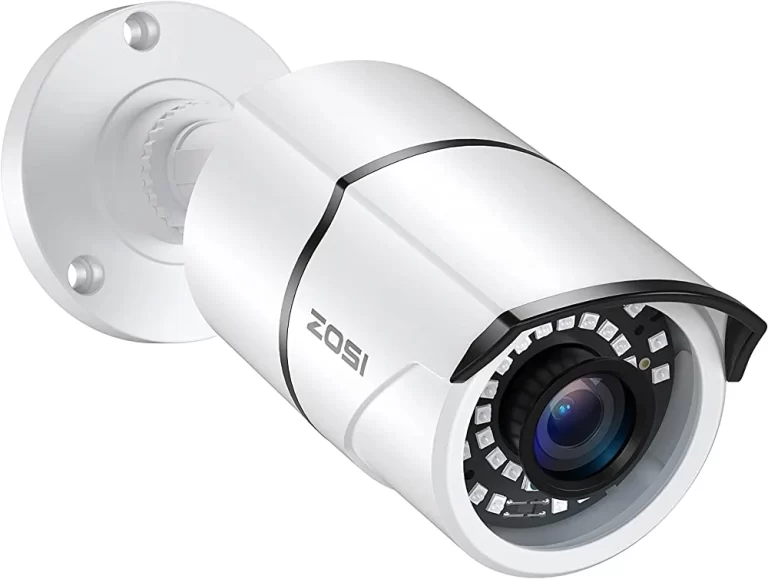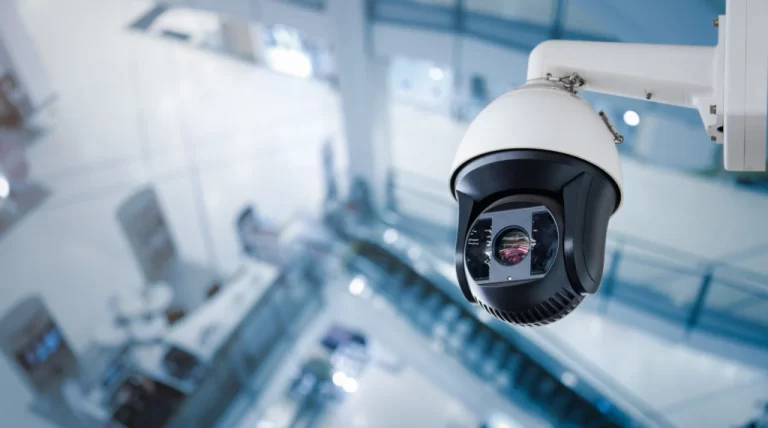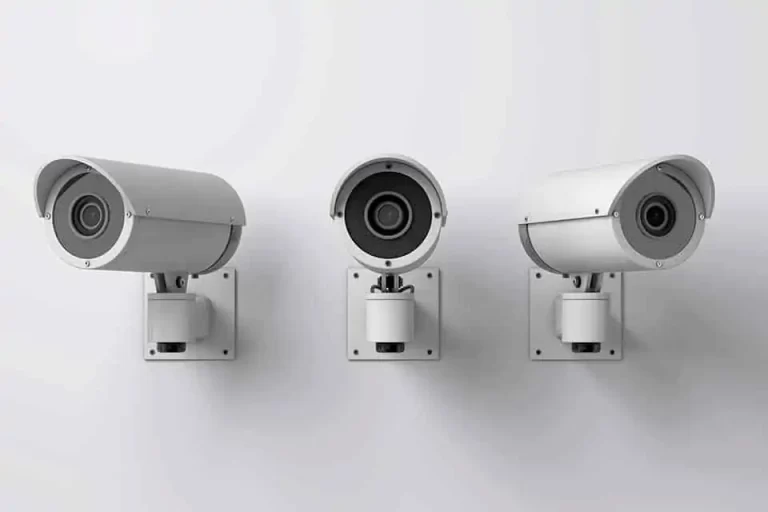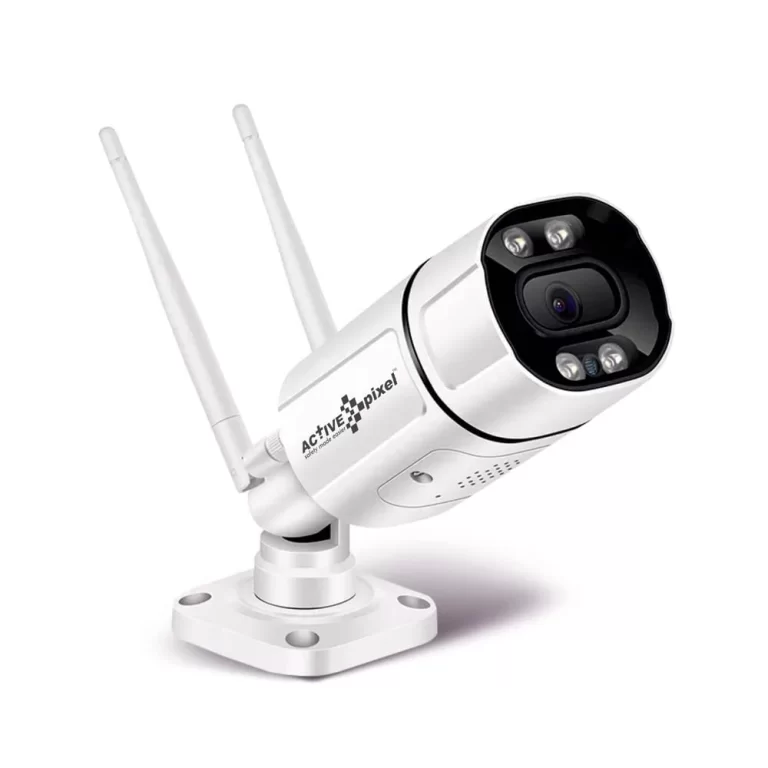How Do Home CCTV Cameras Work?
How do home CCTV cameras work? In this article, we will delve into the workings of home CCTV cameras, explaining their components, functions, and benefits. So, let’s get started!
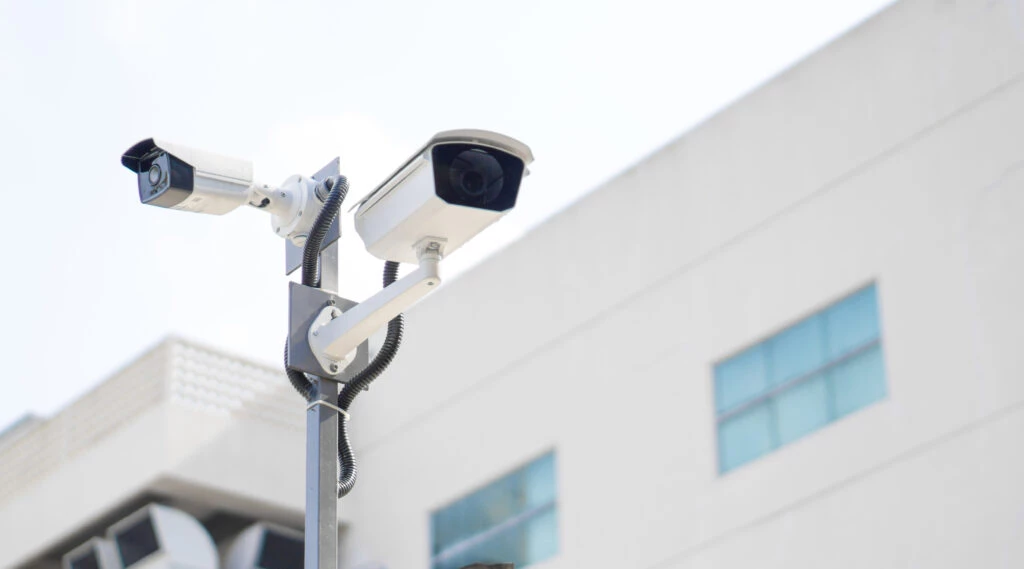
How Do Home CCTV Cameras Work?
Home CCTV cameras are designed to capture and record video footage of the area they are installed in. They consist of several key components that work together to ensure optimal performance and security.
1. Camera Lens
The camera lens is the eye of the CCTV system. It captures light and focuses it onto the image sensor, which converts the light into electrical signals. The lens determines the field of view and the level of detail captured by the camera.
2. Image Sensor
The image sensor is responsible for converting the light captured by the camera lens into electrical signals. There are two main types of image sensors used in CCTV cameras:
Charge-Coupled Device (CCD) and Complementary Metal-Oxide-Semiconductor (CMOS).
Both types have their advantages and disadvantages, but CMOS sensors are more commonly used in modern CCTV cameras due to their lower cost and power consumption.
3. Digital Signal Processor (DSP)
Once the image sensor converts the light into electrical signals, the digital signal processor processes and enhances the signals.
It adjusts the contrast, brightness, and color balance to produce a clear and high-quality image. The DSP also performs other tasks such as motion detection and video compression.
4. Video Compression
Video compression is a crucial step in the CCTV camera system. It reduces the size of the video files, making them easier to store and transmit.
The most commonly used video compression standards in CCTV cameras are H.264 and H.265. These standards achieve high compression ratios without significant loss of image quality.
5. Recording and Storage
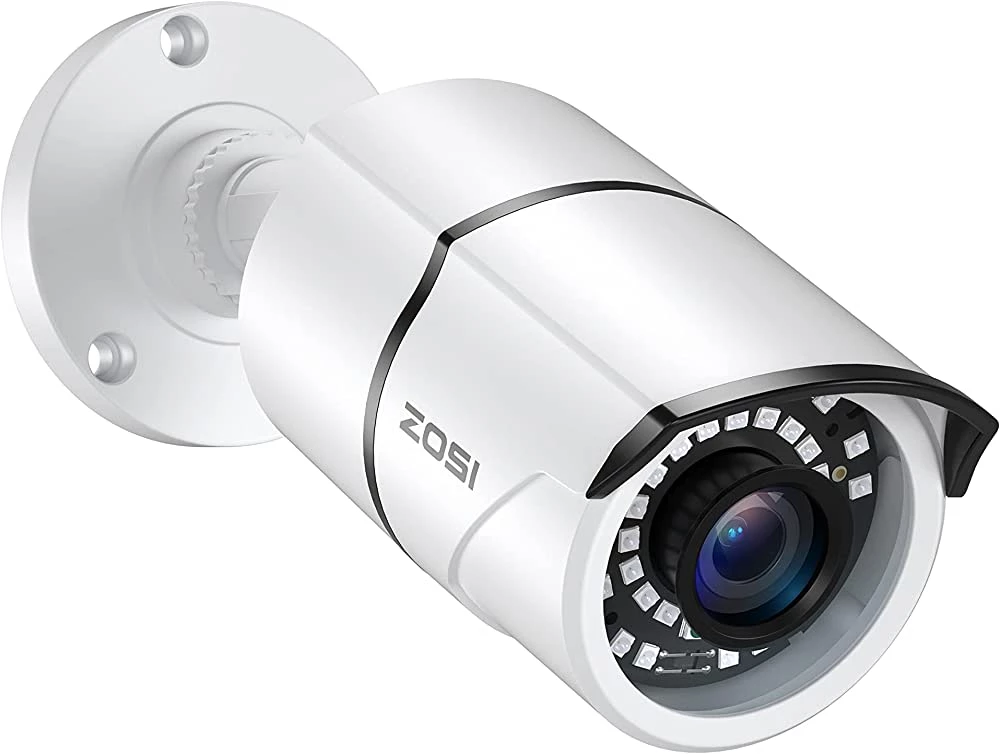
CCTV cameras need a reliable system for recording and storing video footage. Most modern cameras come with built-in storage options such as SD cards or hard drives.
Additionally, some cameras can be connected to a Network Video Recorder (NVR) or cloud storage for centralized and secure video storage.
6. Power Supply
To operate effectively, CCTV cameras require a stable power supply. They can be powered by batteries, AC power, or Power over Ethernet (PoE).
PoE cameras are particularly convenient as they can receive power and transmit data over a single Ethernet cable.
Conclusion
In conclusion, home CCTV cameras are essential tools for enhancing home security. They work by capturing and recording video footage using camera lenses, image sensors, and digital signal processors.
The recorded footage is compressed, stored, and can be accessed remotely.
By investing in a reliable CCTV system and following best practices for installation and maintenance, homeowners can enjoy a heightened sense of security and peace of mind.
READ ALSO!!!
